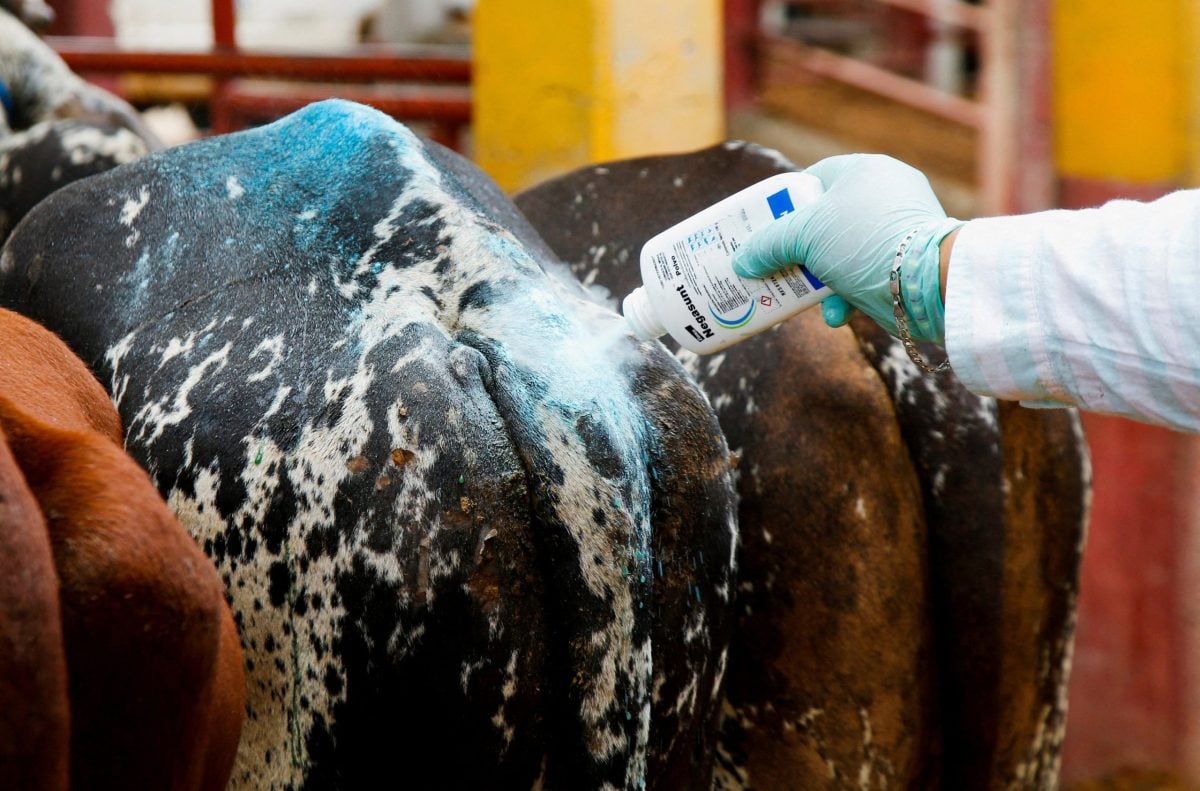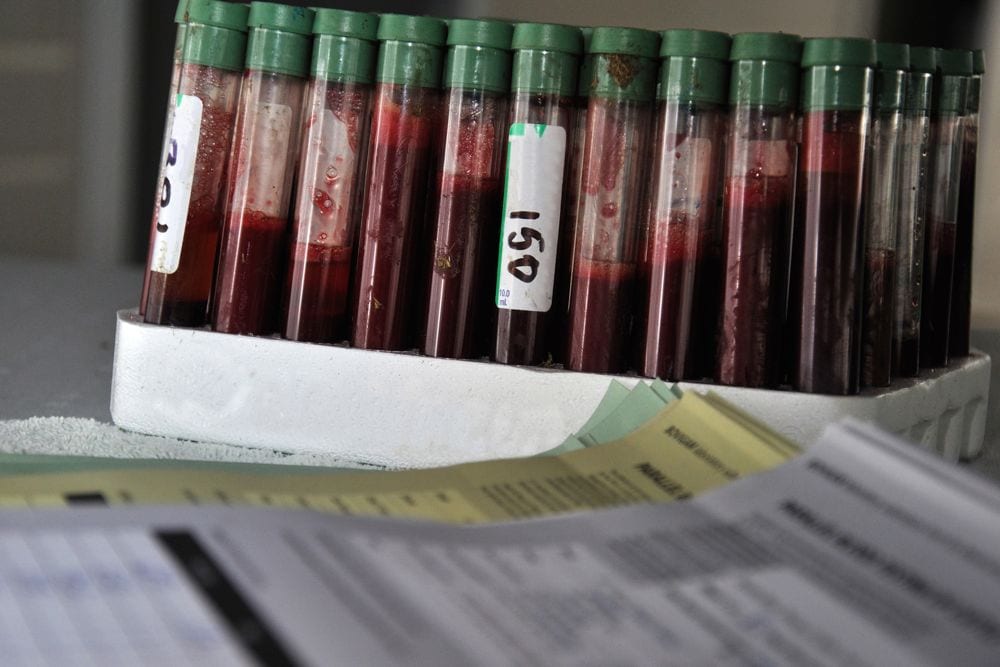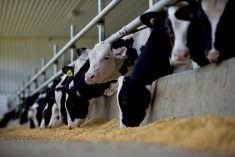Updated, Dec. 24 — Some cattle in Saskatchewan are now under federally imposed movement controls as testing for bovine tuberculosis expands to 14 domestic herds in three provinces.
The Canadian Food Inspection Agency announced Friday the tracing of a single case of bovine TB in a beef cow from a farm in British Columbia’s southern Interior has led to controls on “some animals in British Columbia, Alberta and Saskatchewan.”
Including the infected cow’s home herd, controls are now in place on nine herds in B.C.’s southern Interior, four herds in various parts of Alberta and one herd in central Saskatchewan. A total of about 15,000 cattle are now under movement controls, CFIA officials said.
Read Also

Mexico agriculture secretary says still no date for restarting cattle exports to U.S.
Mexican Agriculture Minister Julio Berdegue said on Wednesday that Mexico and the United States have not yet set a date to resume Mexican cattle exports amid an outbreak of the flesh-eating screwworm parasite.
“These numbers will continue to fluctuate as the tracing of animals from the infected herd is ongoing and some herds will no longer require movement controls as the investigation progresses,” an agency spokesperson said.
None of the herds under testing has yet been released from movement controls, CFIA said Friday.
No cases of bovine TB have yet been found in any cattle in this investigation other than the original infected cow, which was confirmed Nov. 9 to have TB.
“Because the investigation is in the early stages, the exact number of herds involved and the time to complete the investigation is not yet known,” the agency reiterated Friday.
CFIA has emphasized there is no risk to Canada’s food supply or to human health from this case. The infected cow’s TB-related lesions were discovered when the animal was sent for slaughter, but its carcass was condemned and no part of the animal ever entered the food chain.
CFIA said it’s also still testing to identify the strain of the TB bacterium from the infected animal, to see if there are any possible connections to previous bovine TB cases in Canada.
CFIA’s most recent previous bovine TB investigation formally closed in April. That probe began when a southern Alberta cow was confirmed with the disease in September 2016.
The resulting probe from that case led to the discovery of five more infected cattle and destruction of about 11,500 through trace-in and trace-out investigations. However, no source of infection was ever identified.
The strain of TB bacterium in the six infected cattle from the 2016 outbreak didn’t match any previously found in Canadian domestic animals, wildlife or people. It was found to be “closely related” to a strain originating from cattle in central Mexico in 1997.
B.C.’s domestic cattle herd has previously seen bovine TB cases in cattle in 2007, 2008 and 2011. — Glacier FarmMedia Network











